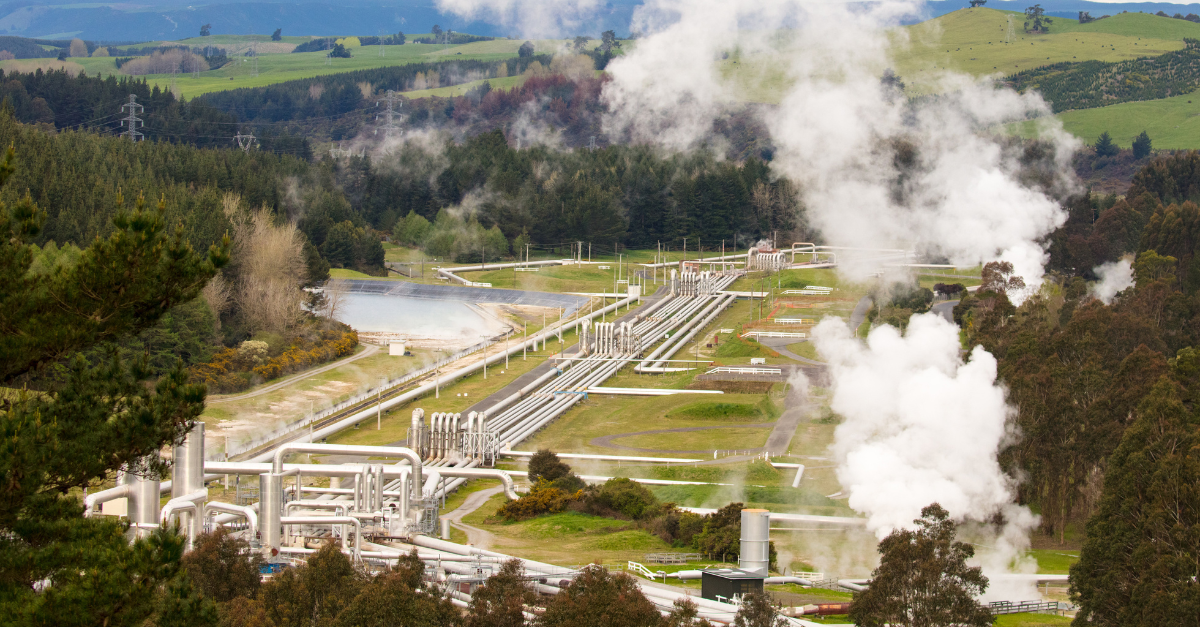
The emissions problem.
New regulations and ESG standards are making reliable emissions monitoring a business imperative for industrial operations.

Fast facts
84X
While carbon dioxide is considered the culprit of global warming, methane has a warming potential 84x greater than CO2 over a 20-year period.
7,000 MT
The US alone emits approximately 7,000 megatons of CO2 emissions per year (2019), of which the oil and gas industry is responsible for nearly 80%.
NET 0
Companies have set absolute and intensity based targets to reduce GHG emissions from their operations and products.
LDAR requirements
In order to curb fugitive emissions, governments are mandating Leak Detection and Repair (LDAR) programs such as US EPA Method 21, Canada Directive 060, and European Method EN 15446.
Periodic Site Visits
LDAR programs may require one or multiple site visits per year to identify potential fugitive emissions leaks.
Surveys
Each LDAR regulated site visit requires trained operators using specialized equipment to determine whether a leak is occurring.
Repairs and Reporting
Companies report emissions data from each site, and if a leak is detected, the site operator or owner may need to take remedial action.
Existing solutions leave room for improvement
Technologies typically used for LDAR today face several limitations
Intermittent
Technologies such as OGI cameras and aerial surveys can only detect when deployed, leaving leaks potentially undetected for months.
Inaccurate
Intermittent data gives you snapshots in time that may not accurately reflect what is happening over long periods.
Expensive
OGI cameras can cost $100,000+ to purchase and surveys can cost $1,000+ per inspection.
A global problem
Sources of methane emissions
Globally, industrial industries continue to contribute a significant portion of overall methane emissions.
Some development scenarios forecast global methane emissions needing to fall 70% by 2030 in order to be sustainable.
Facing a changing climate, public pressure, and aggressive targets, regulatory bodies around the world are debating legislative pathways to achieve emissions abatement. Many are already acting.
- IEA, as of 26 Aug. 2020
The world adapts
Carbon taxes accelerate worldwide
Across the globe, governments are exploring, or have already imposed, new carbon taxes as they balance the trade-off between emissions reduction and economic growth.
Differentiated gas paves a new path
New certifications aimed at cleaner, more sustainable production environments allow buyers and sellers to certify gas based on its methane intensity.
Moving towards an energy transition
The global transformation from non-renewable to renewable energy sources is already underway. More and more companies are pushing for pathways to decarbonization, spurred by technological advances, limited resources, and changing markets.

